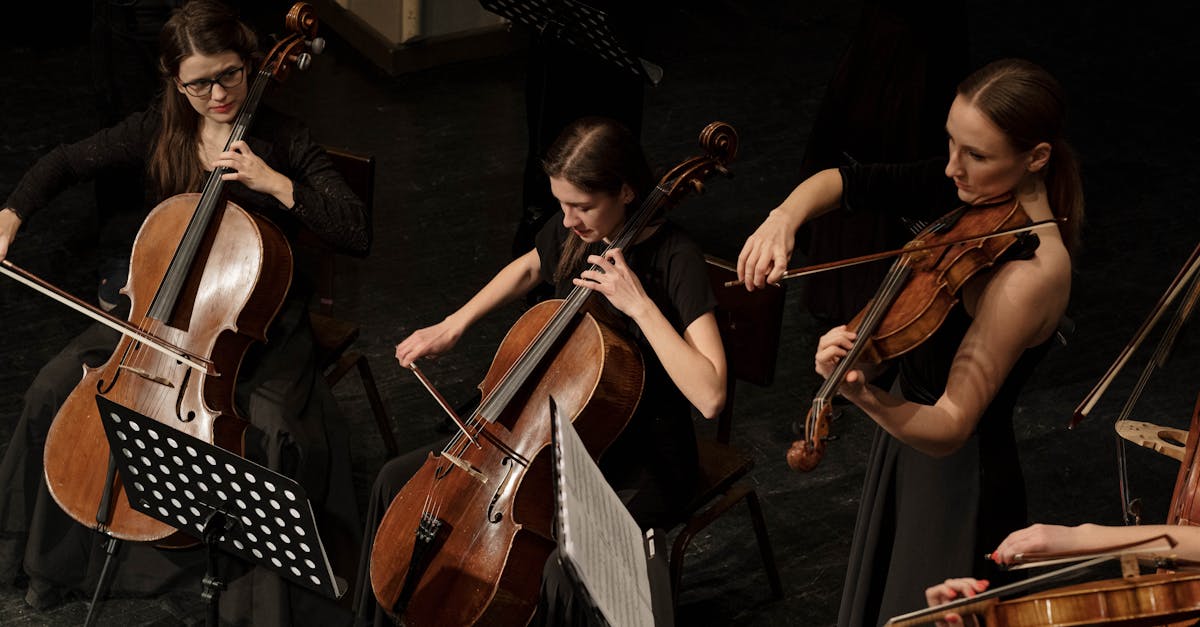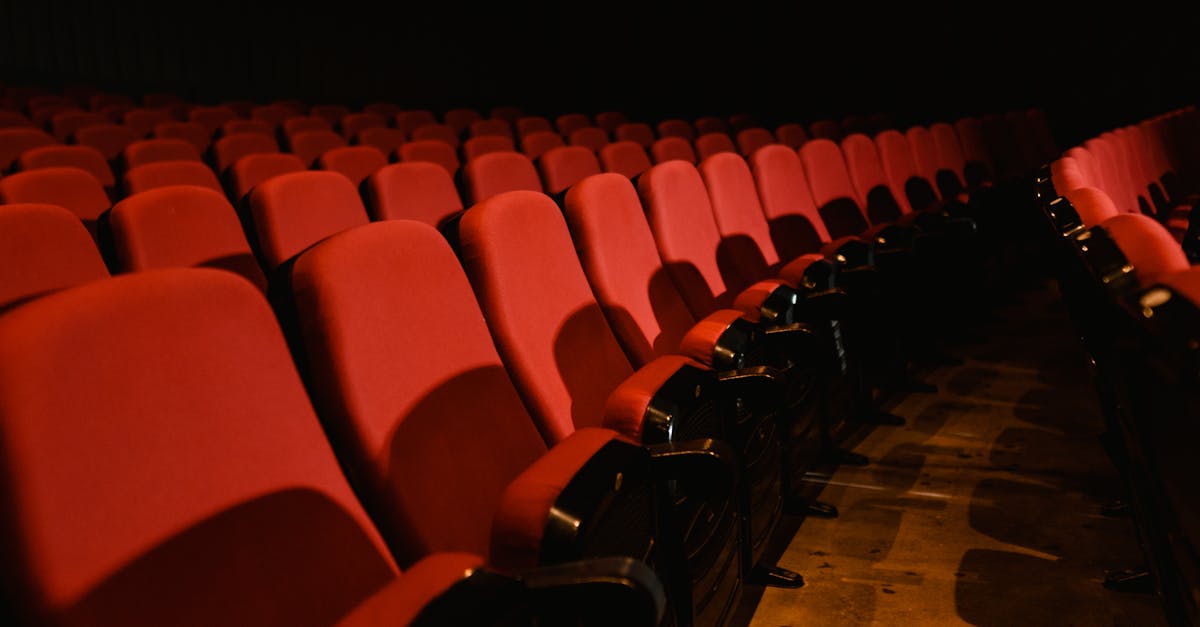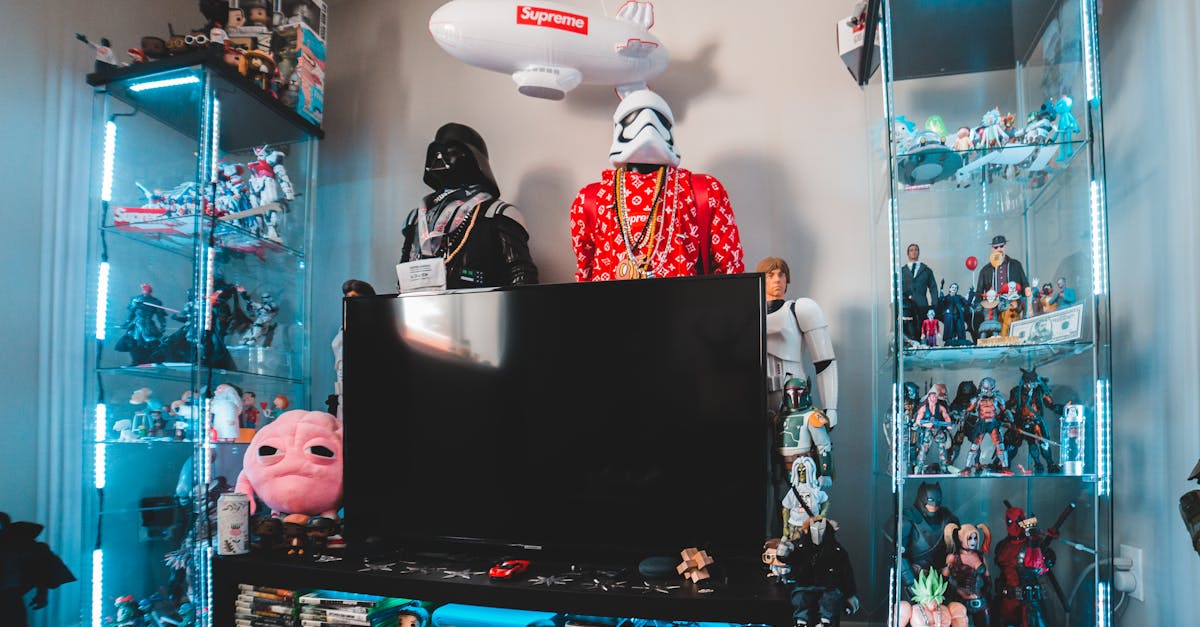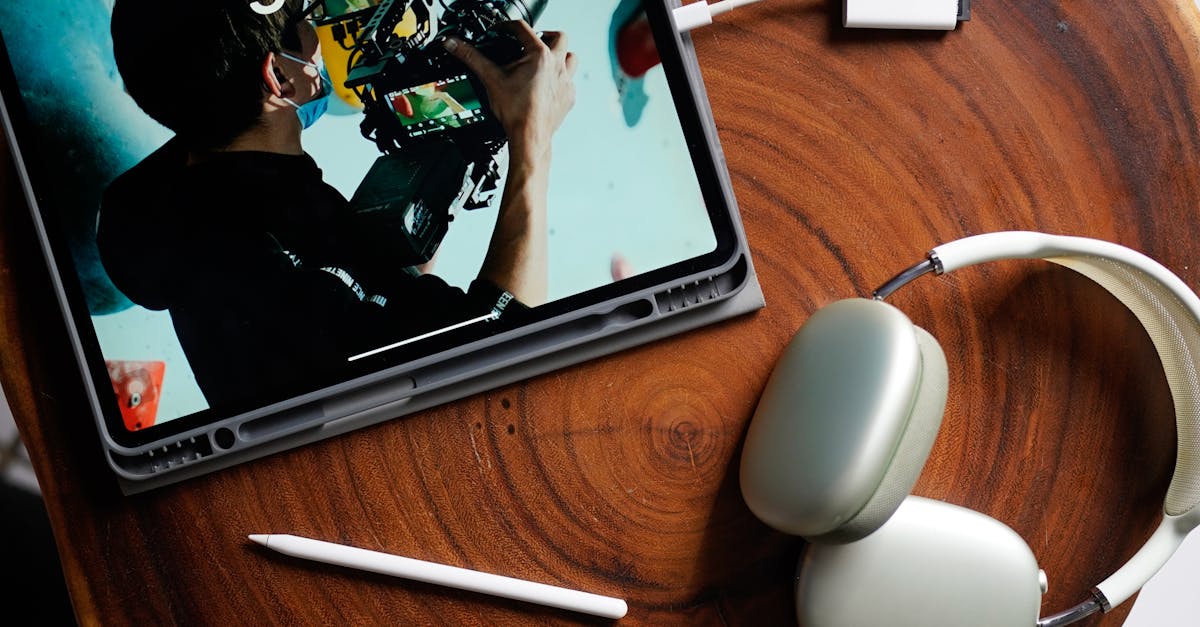Silver Screen Secrets Unveiled
Introduction
In the world of cinema, the allure of the silver screen goes far beyond what's visible in the frame. Beneath the dazzling visuals and mesmerizing performances lie untold stories and secrets that shape the magic of movies. From innovative filming techniques to behind-the-scenes dynamics, there's more to cinema than meets the eye. These revelations offer a glimpse into the intricacies of movie-making that the audience rarely discovers. So, what makes a film memorable, and how do these secrets add to its allure? Join us as we peel back the curtain on silver screen secrets unveiled, revealing the hidden artistry of filmmaking.
Advertisement
The Evolution of Special Effects
The history of cinema is intertwined with the evolution of special effects, marking milestones in the industry. From the rudimentary effects used in Georges Méliès' films to the sophisticated CGI seen in modern blockbusters, the journey has been remarkable. Practical effects, like Hitchcock's use of chocolate syrup for blood in "Psycho," laid the foundation for later computational advancements. Movies like "Jurassic Park" broke barriers by blending animatronics with computer-generated imagery, creating lifelike dinosaurs that captivated audiences. Today, innovations in technology have given filmmakers unprecedented tools to create visually stunning narratives, solidifying special effects as a cornerstone of cinematic magic.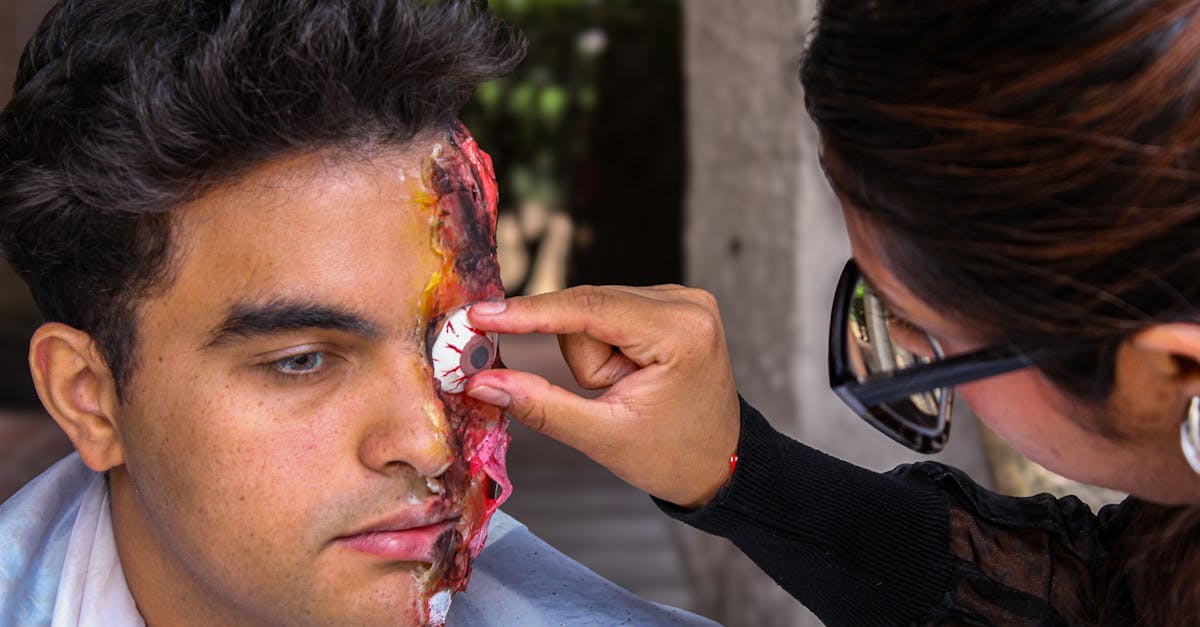
Advertisement
The Art of Storyboarding
Before the cameras roll, every scene is meticulously planned through storyboarding, an essential yet often overlooked aspect of filmmaking. Filmmakers sketch each shot, considering angles, transitions, and compositions to pre-visualize the film. This artistic blueprint serves as a guide, ensuring coherence in storytelling and saving time during production. Iconic directors like Alfred Hitchcock and Steven Spielberg have relied on storyboarding to bring their visions to life, mapping out scenes like animators crafting a cartoon. Storyboarding remains vital in the digital age, merging traditional techniques with software to simulate real-time sequences, keeping the art form alive while crafting cinema's spellbinding tales.
Advertisement
Cinematography: Painting with Light
Beyond acting and dialogue, cinematography plays a significant role in shaping a film's atmosphere. Cinematographers, or directors of photography, use lighting, lenses, and camera movements to create visual storytelling wonders. Films like "Blade Runner" exemplify the impact of lighting, using chiaroscuro to evoke dystopian moods. Subtle techniques, like the use of shadows and silhouettes, can add layers of mystery or tension. Notable cinematographers like Roger Deakins and Emmanuel Lubezki have mastered this craft, transforming cinematography into an art form that influences the viewer's emotional response, transporting them to diverse worlds with each frame.
Advertisement
The Influence of Film Music
The evocative power of soundtracks is often the silent partner in conveying a film's emotional resonance. Composers craft musical scores that elevate narratives, creating immersive auditory landscapes. Iconic themes, such as John Williams' compositions for "Star Wars" or Hans Zimmer's score for "Inception," have become synonymous with their respective films. Music provides subtext, accentuating emotions through crescendos and motifs that echo long after the credits roll. Exceptional collaborations between directors and composers have resulted in legendary soundtracks that enhance the silver screen experience, elevating storytelling from a visual medium into a multisensory journey.
Advertisement
Costume Design: More than Just Attire
Beyond functional clothing, costume design is pivotal in defining characters and placing them within their worlds. Expert designers imbue garments with symbolism, using colors, textures, and styles to reflect personalities and plot progression. Period films like "Pride and Prejudice" illustrate how costumes root characters in specific eras, informing viewers about social hierarchies. In fantasy films, elaborate costumes contribute to world-building, immersing audiences in imaginative landscapes. Acclaimed designers like Edith Head and Sandy Powell have championed this art, making costume design more than attire—it's a narrative tool that supports actors in embodying their roles, contributing to storytelling magic.
Advertisement
Film Editing: Crafting the Narrative
Editing is the invisible art that shapes the pacing and rhythm of films, often deciding their success or failure. Editors meticulously analyze hours of footage to construct coherent narratives that engage audiences. By blending shots and choosing the perfect cuts, editors create tension, humor, or drama integral to the film's impact. Iconic editing techniques, like "flash cuts" in "Requiem for a Dream," demonstrate the editor's role in evoking emotions. Editors like Thelma Schoonmaker and Walter Murch have become legends, turning raw footage into polished stories, ensuring that every moment resonates with audiences long after the film ends.
Advertisement
The Impact of Acting Chemistry
A genuine connection between actors can elevate a film from script to masterpiece, bringing authenticity to onscreen relationships. Scenes between Bogart and Bacall or Newman and Redford illustrate how electrifying chemistry captivates audiences, anchoring a film's emotional core. Directors often rely on casting synergy to nurture genuine performances that transcend screen confines. Chemistry is difficult to fabricate; it requires intuition and sensitivity from both actors and directors. When achieved, it forges unforgettable moments that resonate deeply with audiences, reinforcing cinema's power to mirror complex human interaction and emotion.
Advertisement
The Director's Vision: A Guiding Light
At the helm of any cinematic venture is the director, whose vision dictates the film's aesthetic and narrative journey. With a unique understanding of storytelling mediums, directors create engaging worlds by synthesizing performances, visual elements, and pacing. Directors like Quentin Tarantino and Martin Scorsese have become synonymous with their distinct styles, shaping cultural dialogues through their films. A director's role extends beyond orchestrating scenes; they act as conductors, uniting every element to create harmonic storytelling. Their creative choices and deviations from convention showcase how the director's vision is integral, rendering each film a singular masterpiece in cinematic history.
Advertisement
Conclusion
The secrets of the silver screen extend beyond the final cut, offering audiences a peek into the artistry and dedication behind cinematic creations. As we delve into these hidden facets of filmmaking, we develop a heightened appreciation for the collaborative effort required to bring stories to life. From the dazzling effects to the subtle nuances of acting chemistry, these elements combine to craft unforgettable visual masterpieces. Every film becomes a testament to the ingenuity of those behind the camera, shaping narratives that enthrall and inspire. As cinema continues to evolve, so too will the secrets it holds, waiting to be uncovered by those enchanted by its magic.
Advertisement

